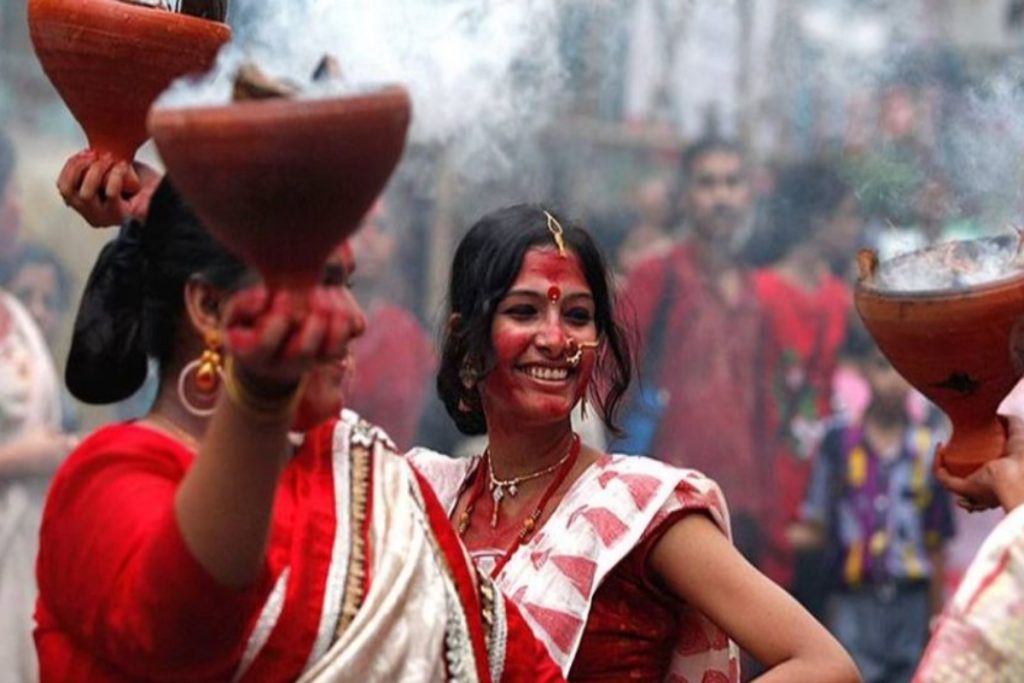New Delhi: There are a lot of preconceptions about Bengalis out there. Many of these are correct. As a proud Bengali, I’d like to express my gratitude. I was born and bred in Japan, not the false probashi sort.
Here are ten stereotypes that are absolutely, unequivocally correct:
1. We are huge fans of our fish:
Bengali cuisine is diverse, to be sure. There’s a lot more to the area than just fish. Nothing, however, can ever fill the gaping fish-shaped hole in the Bengali clan’s hearts. Fish is the greatest deity, the monarch, the lord, and the saviour. And if you’re a Bengali who doesn’t eat fish, like me, you’re a disgrace to the Bengali name.
2. During Pujo, we eat non-vegetarian meals:
A Pujo without mutton or fish isn’t even a Pujo. However, on one of the days, we make an exception and eat vegetables on Oshtomi. It’s the absolute worst.
3. We adore taking naps:
Why don’t you eat an inordinate amount of rice while trying to keep your eyes open? Every Bengali, no matter where they are on the earth, is hit by a wave of drowsy nostalgia about lunchtime. Those who are fortunate are treated to a relaxing nap.
4. In our biriyani, we adore aloos:
The best Biriyani is from Kolkata. That isn’t even a stereotype; it is just the truth. In the fragrant rice, potato and mutton go hand in hand, and their delectable symphony creates a lusty rush of flavour. Without the aloo, biriyani is merely meat pulao, and biriyani without both is blasphemy.
5. We have two different names:
And 9 out of 10 times, there is no link between the two. Why? So our mothers don’t become bored while they’re upset at us. She’s mildly irritated if she yells daak naam. A volcanic eruption is on the way if you yell your real name.
6. We adore our cha time at 6:00 p.m:
An average Bengali consumes approximately 5-6 cups of cha each day. Cha, not chai, is the correct spelling. But this phenomenon peaks around early to mid-evening, when everyone from freshmen to middle-aged office workers crowd around numerous tea booths, absorbed in cerebral chats and vigorous debates about politics, literature, and who has the nicest butt.

